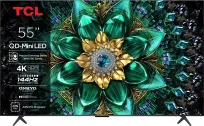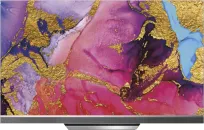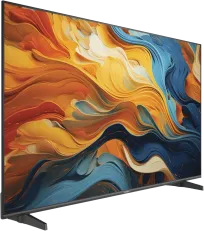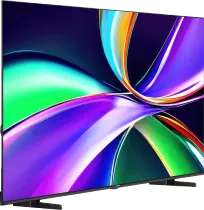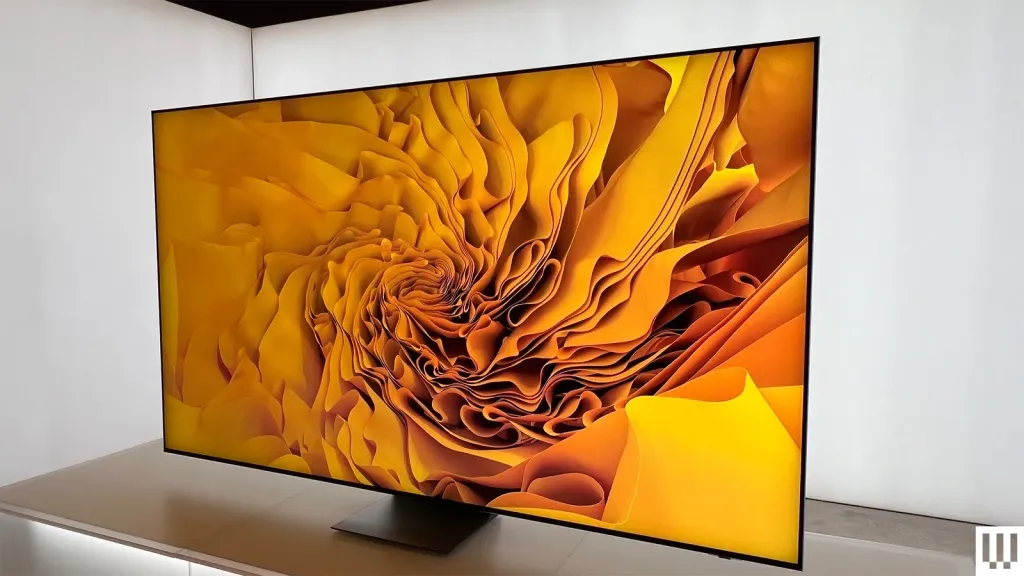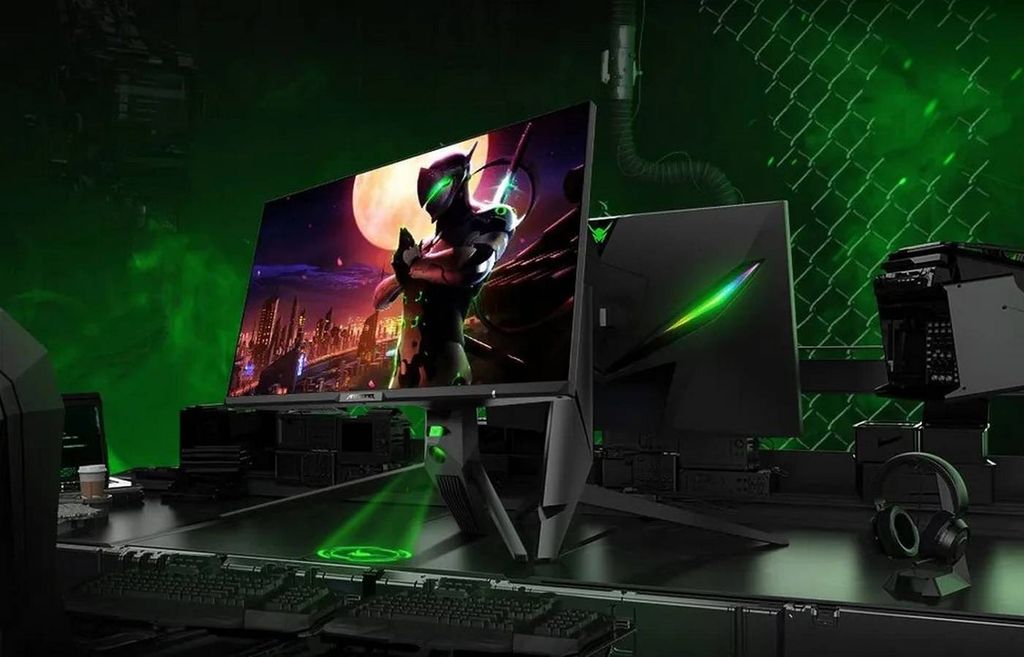
Revolution in OLED? New discovery by scientists: Brighter and cheaper to operate screens
A British-Dutch team of researchers has announced a breakthrough that could extend battery life in smartphones and make OLED televisions shine even 2x brighter with lower energy consumption. According to reports from hdtvtest.co.uk and flatpanelshd.com, the key lies in so-called “chiral semiconductors” – materials inspired by… human DNA.
Today's OLED Problem: Half of the Light Goes to Waste
Modern OLED screens (e.g., in Samsung or LG televisions) use polarising layers that block unwanted light to achieve ideal contrast. Unfortunately, these same filters absorb over 50% of the energy generated by the diodes. – It's like covering half of a light bulb to prevent it from shining too brightly.
Chiral Semiconductors: Light that “Twists” like a Screwdriver
The solution turned out to be chiral semiconductors – materials in which light moves in a spiral (either left or right). This means they do not require traditional polarising layers.
DNA, screws and… Lego bricks
The inspiration was nature, including the double helix of DNA. Scientists from the University of Cambridge and TU Eindhoven created synthetic molecules that self-assemble into spiral structures. – It's like building with perfectly fitting Lego bricks – compares Prof. Richard Friend.
How does the new technology work?
The key material turned out to be TAT (triazatruxene). Its molecules form "screws" along which electrons move with no energy loss.
Tests show: Less power, more light
– In prototype chiral diodes, almost all the light hits the screen instead of being absorbed – explains Prof. Bert Meijer from TU Eindhoven. This means:
Higher brightness – even with lower power consumption,
Longer battery life in smartwatches or phones.
Not just televisions: Quantum computers will benefit too
Chiral semiconductors could accelerate development:
Spintronics – a field where data is recorded in the "spin" of electrons (currently being tested by companies like IBM),
Next-generation fibre optics – faster and more secure.
Although we will have to wait for the effects, this discovery is a milestone for OLED technology. Thanks to it, our favourite series could soon look lifelike – and electricity bills… will decrease.
Source: tue.nl, flatpanelshd.com, hdtvtest.co.uk
 Maciej Koper
Maciej Koper

